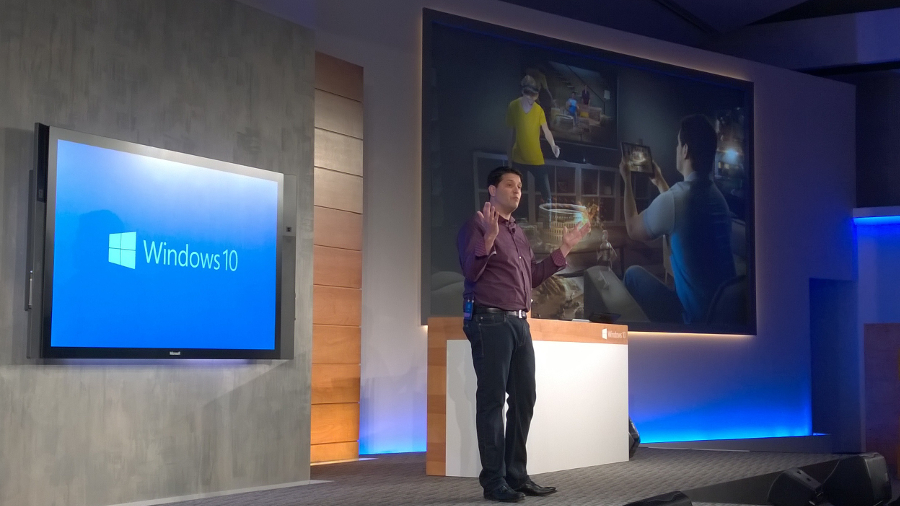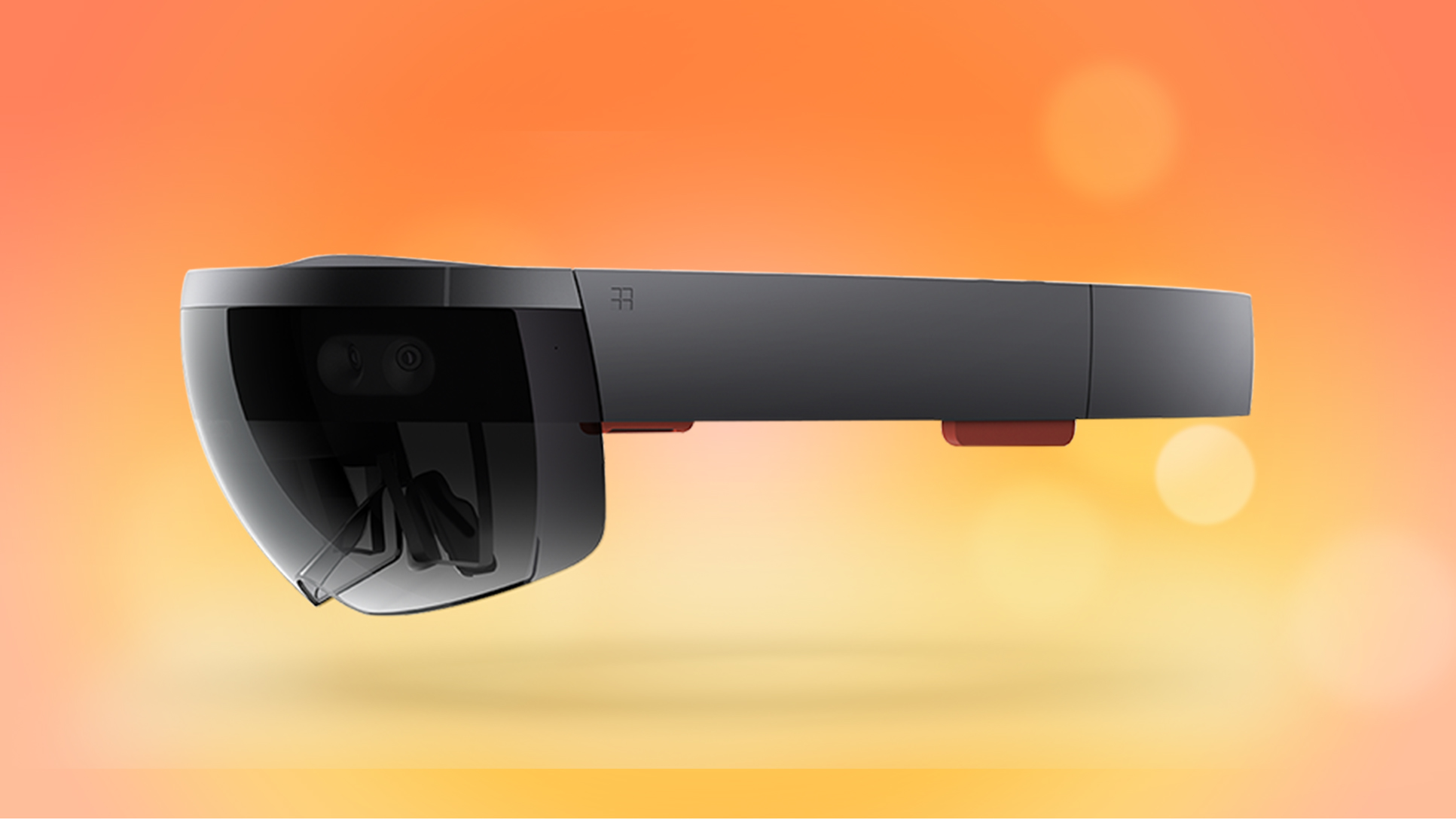Windows 10: An exciting OS aiming to reinvent the way we think about the PC
Microsoft wants you to think differently about Windows

Now that the final version of Windows 10 is out, we revisit our early impressions of Microsoft's new operating system from back in January. Has it lived up to the promise?
When Microsoft first announced Windows 10 last year, there were a lot of questions about how it could deal with the perceived failure of Windows 8. The initial preview left many questions unanswered and while the releases that have come through the Windows Insider program have shown progress, the most exciting features stayed as rumours.
Now Microsoft has confirmed that yes, the Cortana voice assistant will be in Windows 10, and it's shown how well it's integrated, giving you both voice control and dictation plus an improved interface for local and web search.
The rumoured Spartan browser is coming as well, although it's not the new system some have expected – think of it more as a fresh way of presenting the same rendering engine with the most problematic legacy features stripped away, and the best of phone browsing (both Cortana and the clean layout of reading mode) and OneNote integrated.
We've also had a better look at the touch Office apps, especially the version of Outlook that puts email and calendar on both PCs and phones, and it's a clean design with powerful tools that are clearly influenced by the recent Microsoft acquisition of Accompli.
Common sense
There's a lot of common sense in the Windows 10 features Terry Myerson and Joe Belfiore demonstrated in Redmond. Microsoft has made the modern apps like Photos, Messaging, and Maps into the simple but powerful tools they should have been when Windows 8 launched. It has also presented a credible compromise for touch that drops confusing elements – like an app switcher that ignored the programs running on your desktop – but keeps useful features like dragging apps to the bottom of the screen to close them.
If you love Windows 8.1 just the way it is, you'll still miss features in Windows 10 – but talking to various members of the Windows 10 team, it's clear that there's still a lot of discussion going on about which features may return, as well as steady progress on building features like Cortana.
Are you a pro? Subscribe to our newsletter
Sign up to the TechRadar Pro newsletter to get all the top news, opinion, features and guidance your business needs to succeed!
Microsoft also showed a lot of common sense regarding phones and small tablets. Yes, they'll run the same OS, Windows 10. No, it won't have a different name. Small tablets look very much like Windows 10 phones, but they have the desktop because they're PCs and you might plug in a keyboard and screen, but you don't have to use it if you don't want to.
And yes, there will be flagship Windows handsets CEO Satya Nadella confirmed – when Windows 10 ships. That will be later this year – when it's ready – and hopefully in time for the holidays, Terry Myerson confirmed.
Put it all together with the free upgrade for Windows 7, 8.1 and Windows Phone 8.1 users for the first year (and no, Microsoft isn't saying what happens after that year – mainly because it's still figuring it out) and Windows 10 is something of a no-brainer for most users.
Loving Windows
But while this is an utterly pragmatic move (getting users on the most recent version of Windows has big advantages for Microsoft in terms of security and how many old versions it has to support), Microsoft doesn't want you to use Windows because it's free, or even because it does what you need it to do.
"We have bigger hopes, higher aspirations for Windows," Satya Nadella said. "We want to move from people needing Windows to choosing Windows to loving Windows. That is our bold goal with Windows."
Getting there will require a lot more than the table stakes of making Windows 10 a compelling upgrade, and a way of continuing to get new features in the future, because Windows will get them as regular updates. It's more than making Windows and Windows Phone and Xbox One work together and pass your information back and forth seamlessly – again, if Microsoft can't do that, it shouldn't be building operating systems.
It's not even enough that Windows becomes the "home for the very best of Microsoft experiences" where Cortana and OneDrive and the Microsoft account are "seamlessly harmonis[ed]" and the interface "as well as the applications, come together in the most seamless, delightful, personal way for users." Microsoft needs its apps and services on all devices, but if it can't make them great on Windows, then why would it even bother.
What Microsoft really needs Windows 10 to do is reinvent the way we think about the PC – and the tiny PC that is the phone. That will need more than flagship handsets and PC makers coming up with new and interesting designs (and we saw the second of those at CES at least). Microsoft needs us to think about PCs as exciting again, and that's what Surface Hub and HoloLens do.
Exciting developments
Surface Hub is a giant PC – a gorgeous 80in 4K screen with a pen that produces ink as smooth as Surface Pro 3, offers great but really simple videoconferencing using Skype for Business, and a whiteboard that you can walk up to, draw on and then mail to yourself before it wipes itself clean for the next meeting.
It's both clever and easy to use and it's exactly what businesses need to get people working together rather than messing around with cables and projectors for half of the meeting. It's a PC that doesn't work like a PC.

And HoloLens is a PC you have to keep reminding yourself is a PC. It's far from finished and maybe it will turn out to be a gimmick, but if Microsoft can deliver what it showed yesterday, it will have an engaging, immersive, delightful way of putting digital information into the real world where it's really useful. When you use Skype or build a 3D design in Holostudio, nothing is further from your mind than the Start menu or the desktop or any other Windows features. But you're using a Windows 10 PC – just one like no PC you've ever imagined.
HoloLens is one of the most inventive, exciting things Microsoft has done in years. If a PC running Windows can be this, rather than a box on the desk or just another tablet, then maybe we can all get excited about PCs and Windows the way Nadella is hoping.
- Read more about Windows 10 migration on our sister website, ITProPortal.com
Mary (Twitter, Google+, website) started her career at Future Publishing, saw the AOL meltdown first hand the first time around when she ran the AOL UK computing channel, and she's been a freelance tech writer for over a decade. She's used every version of Windows and Office released, and every smartphone too, but she's still looking for the perfect tablet. Yes, she really does have USB earrings.